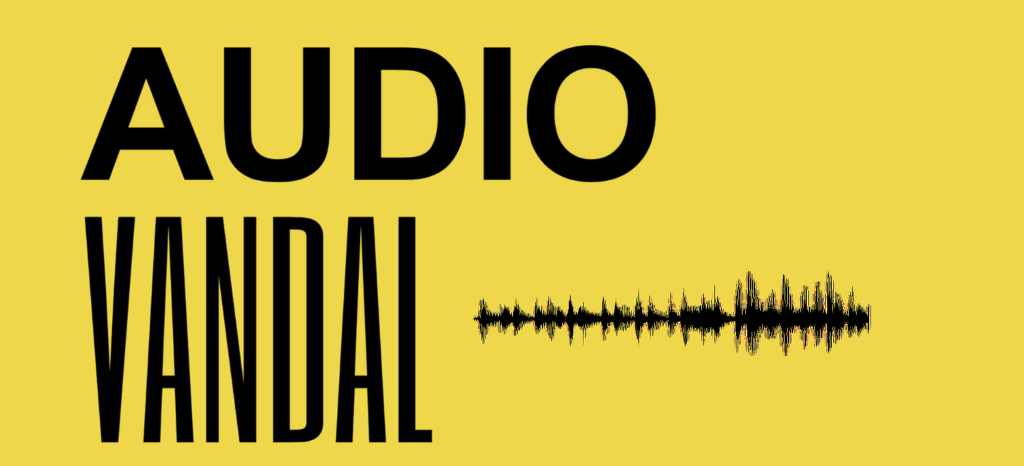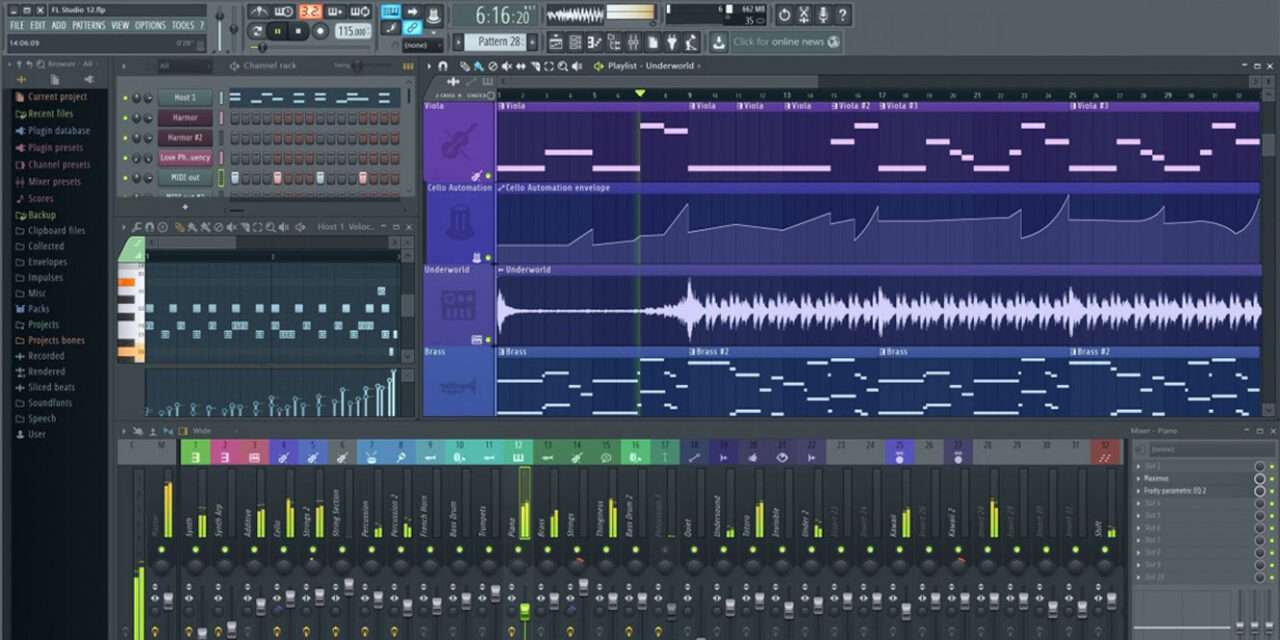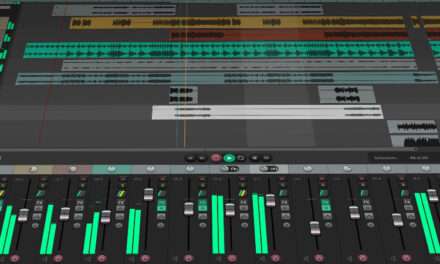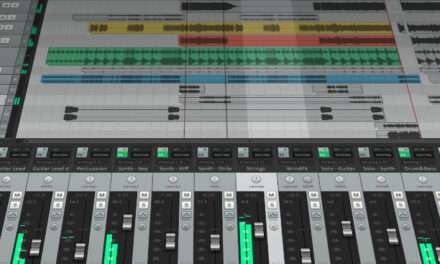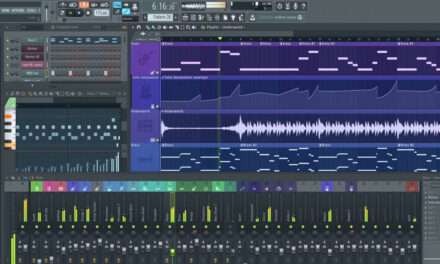Few digital audio workstations (DAWs) have had as profound an impact on music production as FL Studio (formerly FruityLoops). What started as a simple beat-making tool in the late 1990s has evolved into a full-fledged DAW used by millions of producers worldwide. From hip-hop and EDM to film scoring and beyond, FL Studio has become synonymous with creativity and innovation. In this blog post, we’ll take a journey through the history of FL Studio, exploring its origins, evolution, and enduring legacy.
The Early Days: FruityLoops and the Birth of a Beat-Making Legend
FL Studio’s story begins in 1997, when Belgian software developer Didier Dambrin (aka “Gol”) created a prototype for a step-sequencer program. This prototype caught the attention of Jean-Marie Cannie and Frank Van Biesen, who founded Image-Line Software to develop and market the product. In 1998, the first version of FruityLoops was released, offering a simple yet powerful tool for creating drum patterns and loops.
FruityLoops was revolutionary for its time. Its pattern-based sequencing and piano roll made it easy for users to program beats and melodies, even without formal music training. The interface was colorful and intuitive, setting it apart from more complex DAWs of the era. Early versions of FruityLoops were primarily focused on drum sequencing, but updates quickly expanded its capabilities to include MIDI support and basic audio recording.
The 2000s: From FruityLoops to FL Studio
In the early 2000s, FruityLoops underwent significant changes that would shape its future. In 2003, due to a trademark dispute with Kellogg’s over the name “Froot Loops,” the software was rebranded as FL Studio. This change marked a new chapter in the DAW’s development, as Image-Line began to position FL Studio as a serious tool for music production.
Key milestones during this period included:
- FL Studio 3.0 (2000): Introduced support for VST plugins, opening the door to third-party instruments and effects.
- FL Studio 4.0 (2002): Added audio recording and editing capabilities, transforming FL Studio from a beat-making tool into a full-fledged DAW.
- FL Studio 6.0 (2005): Introduced the Playlist feature, allowing users to arrange patterns and audio clips into complete songs.
During this time, FL Studio gained a loyal following among hip-hop and electronic music producers. Its affordability, ease of use, and unique workflow made it a favorite for bedroom producers and professional artists alike.
The 2010s: FL Studio Comes of Age
The 2010s were a transformative decade for FL Studio. Image-Line continued to innovate, adding features that cemented FL Studio’s status as a top-tier DAW. Some of the most significant updates during this period included:
- FL Studio 10 (2011): Introduced a redesigned interface, improved MIDI editing, and new plugins like Patcher and DirectWave.
- FL Studio 12 (2015): Overhauled the user interface with a more modern design and added features like Touchscreen support and Playlist track modes.
- FL Studio 20 (2018): Marked the 20th anniversary of FL Studio with major updates, including macOS compatibility, time signature changes, and multitouch support.
One of the most significant developments during this period was the introduction of lifetime free updates. Unlike other DAWs that charge for major upgrades, Image-Line committed to providing free updates to FL Studio users forever. This policy not only rewarded loyal customers but also helped FL Studio build a massive and dedicated user base.
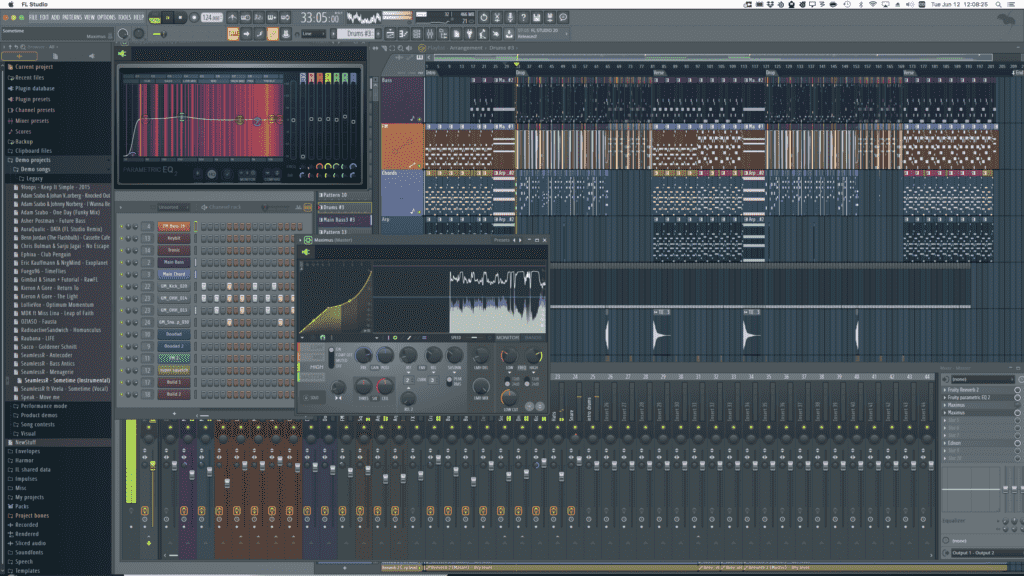
FL Studio Today: A Powerhouse for Producers
As of 2023, FL Studio is one of the most popular DAWs in the world, used by everyone from bedroom producers to Grammy-winning artists. Its latest version, FL Studio 21, continues to push the boundaries of music production with features like:
- Native Apple Silicon Support: Optimized performance for Apple’s M1 and M2 chips.
- Advanced MIDI Editing: Enhanced tools for MIDI manipulation and expression.
- New Plugins and Effects: Additions like FLEX (a sample-based synthesizer) and Vintage Phaser expand FL Studio’s sound design capabilities.
- Multitrack Audio Editing: Improved tools for recording, editing, and comping audio.
FL Studio’s step sequencer, piano roll, and pattern-based workflow remain its defining features, making it a favorite for beatmakers and electronic music producers. However, its versatility also makes it suitable for other genres, from pop and rock to film scoring and sound design.
FL Studio’s Impact on Music Production
FL Studio’s influence on music production is undeniable. It has played a pivotal role in democratizing music creation, empowering producers of all skill levels to bring their ideas to life. Some of the ways FL Studio has shaped the industry include:
- Hip-Hop and Trap: FL Studio’s intuitive workflow and powerful drum programming tools have made it a staple in hip-hop and trap production. Artists like Metro Boomin, Martin Garrix, and Deadmau5 have used FL Studio to create chart-topping hits.
- Electronic Music: FL Studio’s pattern-based sequencing and vast library of plugins make it ideal for EDM, house, and techno producers.
- Education: FL Studio’s affordability and ease of use have made it a popular choice for music production courses and tutorials, helping to inspire the next generation of producers.
Why FL Studio Matters
FL Studio’s history is a testament to the power of innovation, accessibility, and community. From its humble beginnings as a drum machine to its current status as a global phenomenon, FL Studio has consistently pushed the boundaries of what’s possible in music production.
What sets FL Studio apart is its ability to balance simplicity and power. It’s a DAW that’s easy enough for beginners to pick up but deep enough for professionals to create complex, polished tracks. Its lifetime free updates and affordable pricing make it accessible to everyone, regardless of budget or experience level.
Final Thoughts
FL Studio’s journey from a simple beat-making tool to a global powerhouse is a story of passion, innovation, and community. Whether you’re crafting your first beat or producing a chart-topping hit, FL Studio provides the tools you need to succeed. If you haven’t yet experienced the magic of FL Studio, there’s no better time to dive in. Fire it up, let your creativity flow, and see why this DAW has become a legend in the world of music production.

